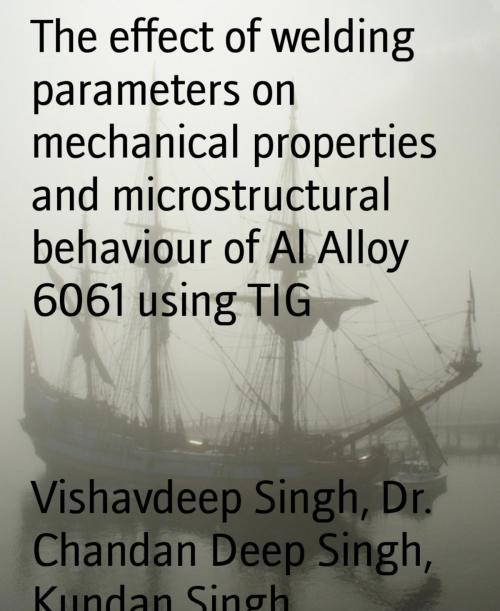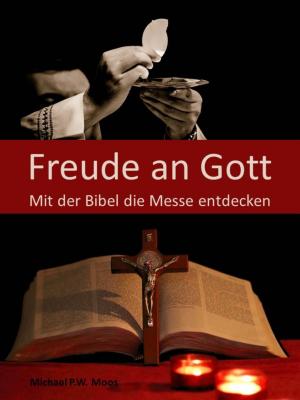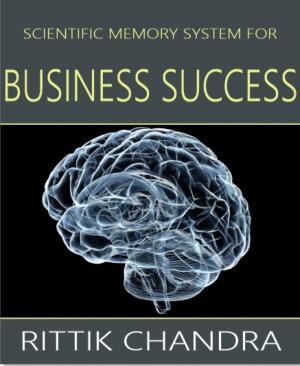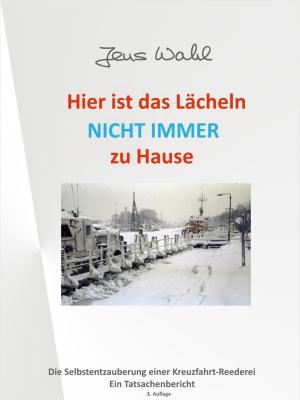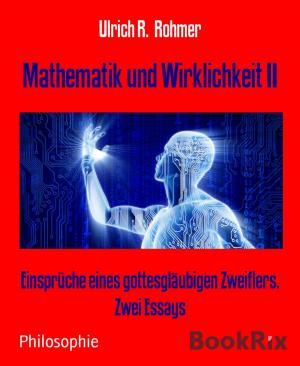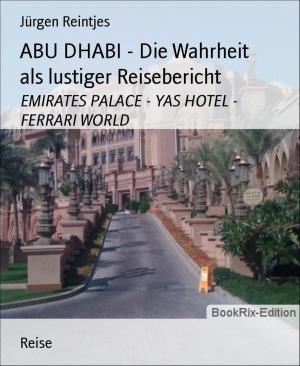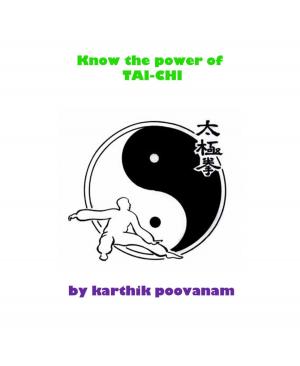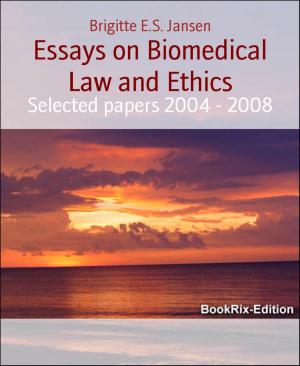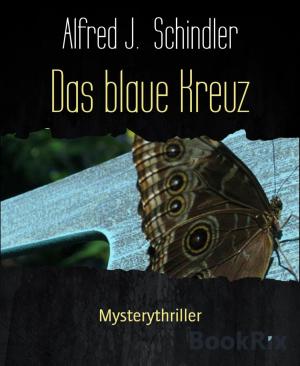The effect of welding parameters on mechanical properties and microstructural behaviour of Al Alloy 6061 using TIG
Nonfiction, Science & Nature, Technology, Machinery| Author: | Vishavdeep Singh, Dr. Chandan Deep Singh, Kundan Singh | ISBN: | 9783743858312 |
| Publisher: | BookRix | Publication: | February 27, 2018 |
| Imprint: | Language: | English |
| Author: | Vishavdeep Singh, Dr. Chandan Deep Singh, Kundan Singh |
| ISBN: | 9783743858312 |
| Publisher: | BookRix |
| Publication: | February 27, 2018 |
| Imprint: | |
| Language: | English |
Activated tungsten inert gas welding process involves a method of increasing penetration capability of the arc in TIG welding. This is achieved through the application of a thin coating of activated flux onto the joint surface prior to welding. This leads to strong joint. This paper deals with the study of microstructural and mechanical properties of aluminium alloy AA-6061 weld joints using A-TIG welding. During the experiment the welding current and gas flow rate are used as variable parameters and welding speed kept as constant. In this activated TIG welding process, there were five single component fluxes which are CdCl2, SiO2, MgO, Al2O3 and TiO2 used in the initial experiment to evaluate Welding current, Gas Flow Rate, Flux by joining plates by using A-TIG welds. Based on the higher penetration of weld bead, two single component fluxes SiO2 and TiO2 were selected for actual experiment. The values of optimum welding current and gas flow rate and flux was finding out from the experiment. Welding specimen were investigated using scanning electron microscope, vicker's micro hardness test and tensile strength. The SiO2 flux produced the most noticeable effect in terms of tensile strength and micro hardness.
Activated tungsten inert gas welding process involves a method of increasing penetration capability of the arc in TIG welding. This is achieved through the application of a thin coating of activated flux onto the joint surface prior to welding. This leads to strong joint. This paper deals with the study of microstructural and mechanical properties of aluminium alloy AA-6061 weld joints using A-TIG welding. During the experiment the welding current and gas flow rate are used as variable parameters and welding speed kept as constant. In this activated TIG welding process, there were five single component fluxes which are CdCl2, SiO2, MgO, Al2O3 and TiO2 used in the initial experiment to evaluate Welding current, Gas Flow Rate, Flux by joining plates by using A-TIG welds. Based on the higher penetration of weld bead, two single component fluxes SiO2 and TiO2 were selected for actual experiment. The values of optimum welding current and gas flow rate and flux was finding out from the experiment. Welding specimen were investigated using scanning electron microscope, vicker's micro hardness test and tensile strength. The SiO2 flux produced the most noticeable effect in terms of tensile strength and micro hardness.
